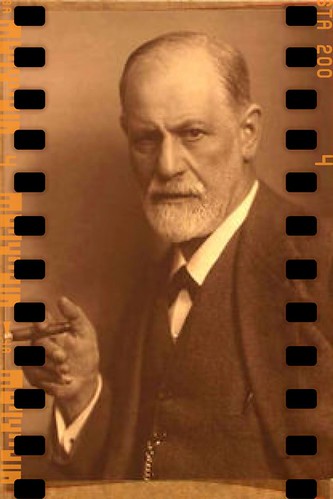Is customer satisfaction higher when we buy from attractive salespeople?
is study assesses if the service worker's physical attractiveness has an impact on customer satisfaction in the moment of truth. An experimental approach, involving two different service settings (visiting a bookstore and traveling with an airline), was used to manipulate the level of the service worker's physical attractiveness. The results, for both experiments, show that a high level as opposed to a low level of physical attractiveness of the service worker produced a higher level of customer satisfaction. In addition,…
1 min read
How does the weather affect your shopping habits?
ere has been a great deal of anecdotal evidence to suggest that weather affects consumer decision making. In this paper, we provide empirical evidence to explain how the weather affects consumer spending and we detail the psychological mechanism that underlies this phenomenon. Specifically, we propose that the effect of weather – and, in particular, sunlight – on consumer spending is mediated by negative affect. That is, as exposure to sunlight increases, negative affect decreases and consumer spending tends to increase.…
1 min read
How to keep your mind strong as you age:
arn another language: In this study, the authors examined whether the number of languages a person speaks predicts performance on 2 cognitive-screening tests. Data were drawn from a representative sample of the oldest Israeli Jewish population (N = 814, M age = 83.0 years; SD = 5.4) that was interviewed first in 1989 and then twice more within the following 12 years. Cognitive state differed significantly among groups of self-reported bilingual, trilingual, and multilingual individuals at each of the 3…
2 minutes
When is crying cathartic?
e idea that crying is a cathartic experience, leading to relief from distress, has deep roots. However, empirical evidence for catharsis after crying is mixed. One explanation for the inconsistent results is that variations in the social context of the crying situation determine whether or not crying-related catharsis occurs. To evaluate the role of social context and other contextual features in crying-related catharsis, self-report data were collected on characteristics of the most recent crying episode and its effects on mood…
1 min read
Here’s how can you increase the chance people will like the gifts you give them:
ft wrap them: In four experiments, I examined the effects of gift wrapping on product attitudes. Two questions were addressed. First, does gift wrapping an item have a favorable influence on attitudes toward owning what is received? Results of all four experiments consistently support an affirmative answer to that question. Second, what explains the attitudinal results? I argued that gift wrapping, through repeated pairing with joyous events in people's lives, has utility in cuing a happy mood which, in turn,…
2 minutes
Do smart people use more drugs?
y do some individuals choose to drink alcohol, smoke cigarettes, and use illegal drugs while others do not? The origin of individual preferences and values is one of the remaining theoretical questions in social and behavioral sciences. The Savanna-IQ Interaction Hypothesis suggests that more intelligent individuals may be more likely to acquire and espouse evolutionarily novel values than less intelligent individuals. Consumption of alcohol, tobacco, and drugs is evolutionarily novel, so the Savanna-IQ Interaction Hypothesis would predict that more intelligent…
1 min read
How to quickly and easily boost your ability to learn:
a Mind Performance Hacks: Tips & Tools for Overclocking Your Brain: Increasing glucose and oxygen supplies to the brain seems to allow information to be more accurately and fully committed to memory – in other words, you learn better... The improvement in oxygen levels on memory [1] typically lasts for a few minutes only (five is about the limit), so you need to time your learning to happen shortly after an increase in oxygen, or ensure that you maintain a…
1 min read
Was Freud right? Does it all come back to your relationship with your mother?
is widely assumed that, within the context of a stable developmental environment, relationship experiences in early life influence later ones. To date, however, there has been no longitudinal empirical evidence for the hypothesis that early maternal caregiving predicts adult attachment dynamics with peers and partners. The present longitudinal study shows that quality of maternal caregiving experienced at 18 months of age predicted the extent to which the same participants more than 20 years later (age M = 22) were…
1 min read








